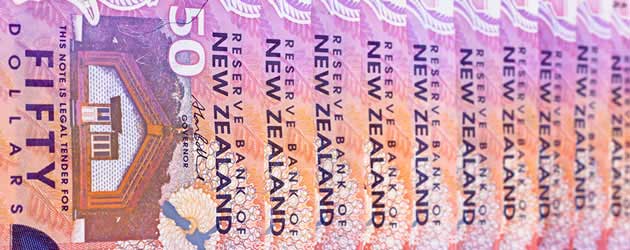 The Pound to New Zealand Dollar exchange rate has rallied by around 5.5 cents since Friday morning as a combination of global factors combined to propel GBP/NZD higher. Strong UK housing figures, soft US Non-farm Payrolls and worries regarding New Zealand’s highly influential dairy sector all worked in Sterling’s favour over the weekend.
The Pound to New Zealand Dollar exchange rate has rallied by around 5.5 cents since Friday morning as a combination of global factors combined to propel GBP/NZD higher. Strong UK housing figures, soft US Non-farm Payrolls and worries regarding New Zealand’s highly influential dairy sector all worked in Sterling’s favour over the weekend.
On Friday morning it was announced that the UK Construction sector surged to a 3-year high PMI score of 57.0 in July, smashing economists’ forecasts of just 51.5. The impressive Purchasing Managers Index was largely driven by advancements in house building, but improvements were also perceptible in all areas of the Construction Industry. Tim Moore of Markit Economics said:
“The swing back to output growth broadened to include commercial and civil engineering activity during July, although housing construction remains the one thing crucial to the sector’s strong upturn at present”.
It is thought that the government’s Help to Buy scheme is spurring growth in the housing market and this view was also supported by Nationwide’s latest report into UK house prices, which showed that the average British home is now worth £170,825 – 3.9% higher than this time last year. Although the robust housing figures are lending their support to the British Pound, some economists fear that by artificially inflating the housing market the coalition government could be driving the sector towards another bubble that is susceptible to burst.
Sterling improved further against the New Zealand Dollar on Friday afternoon as the latest US Non-farm Payrolls report showed that US employers added just 162,000 new workers in July – 23,000 less than forecasts of 185,000. The subdued NFP report raised concerns that the US economy – the world’s largest – is not functioning as smoothly as first thought and this damaged demand for riskier assets such as the commodity-correlated ‘Kiwi’ Dollar.
In the United States it was also announced that the headline Unemployment Rate fell to a 4-year low of 7.4%. However, the 0.2% drop was actually caused by a trend of American citizens leaving the labour market altogether due to depressed employment prospects, and was therefore not seen as a bullish indicator for global risk sentiment.
The Pound completed its 1.9150 to 1.9700 5.5-cent transformation during the first 15 minutes trading of this week’s session as investors reacted to a health-scare in New Zealand. Fonterra, one of New Zealand’s major dairy exporters, reported that traces of the bacteria ‘botulism’ have been found in some of its products. The dairy industry accounts for around 20% of the island nation’s economic output, and as such scandals of this nature can be very damaging to the Antipodean economy and currency.
China, New Zealand’s biggest export market, has consequently placed a ban on some of Fonterra’s milk products and this led investors to question the efficacy of ‘brand New Zealand’. If Fonterra products are not being sold to China it is likely that New Zealand GDP may struggle to improve this year, and this could lead to monetary loosening measures from the Reserve Bank of New Zealand, which would subsequently decrease the yield on holdings of the ‘Kiwi’ Dollar. Even by the characteristically volatile New Zealand Dollar’s standards, the latest GBP/NZD gains are extraordinarily strong.
The full extent of the damage caused by the milk scare is not yet known, but if the country’s main source of income is seen-to-be seriously hampered then Sterling could increase its lead against the Antipodean currency. GBP/NZD could also rally if this morning’s UK Service Sector PMI prints inline with economists’’ forecasts of 57.3.

Comments are closed.